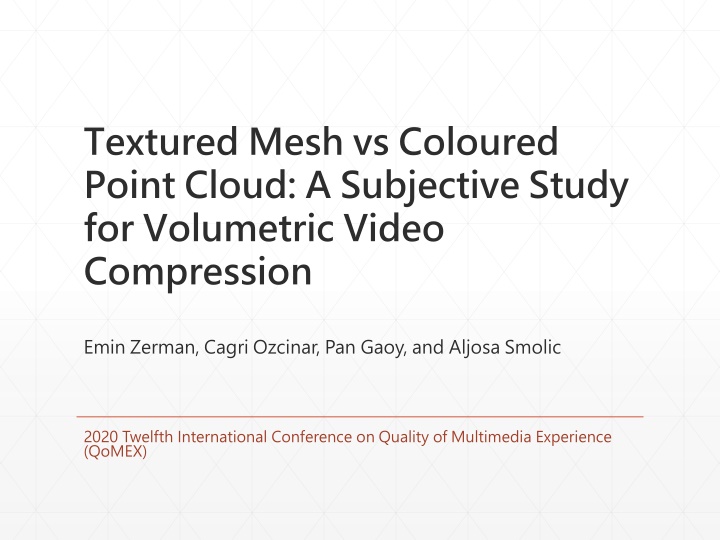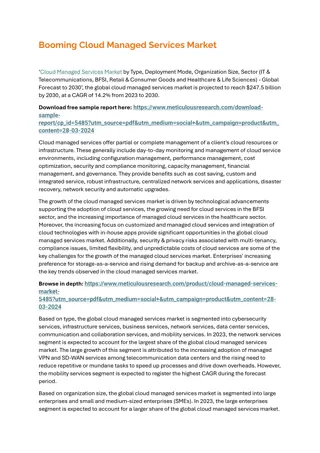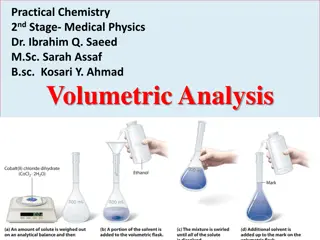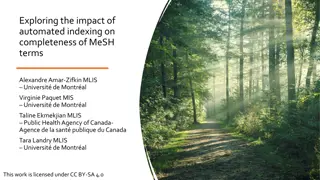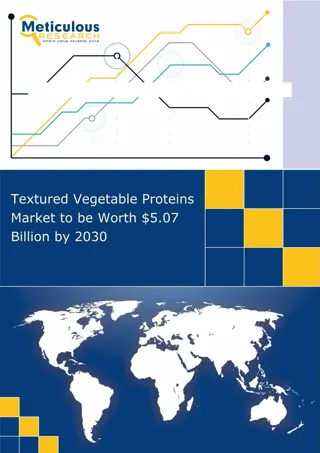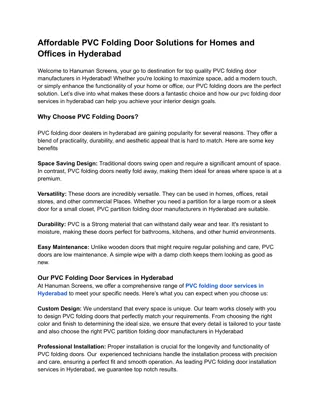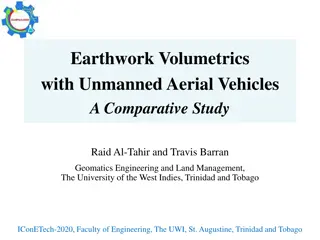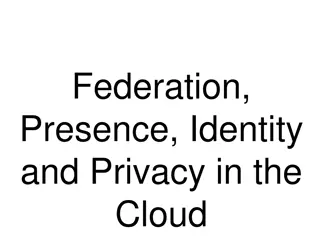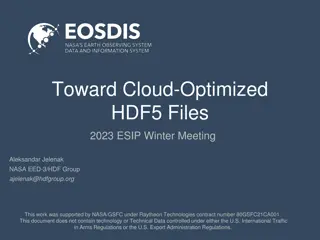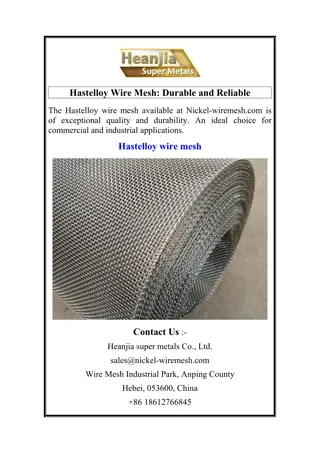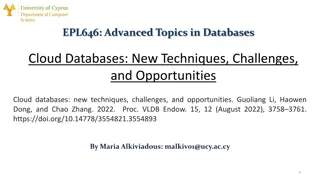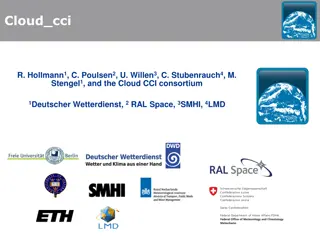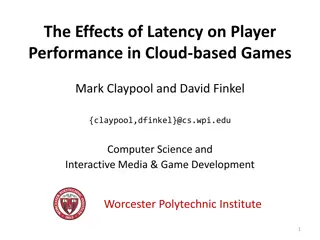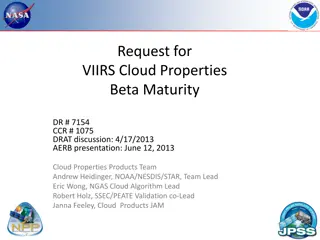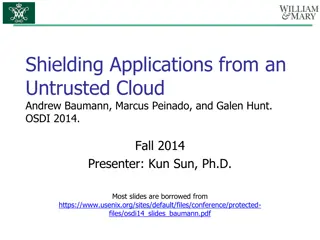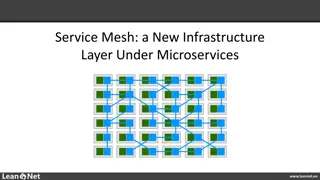Textured Mesh vs Coloured Point Cloud: A Subjective Study for Volumetric Video Compression
This study explores the perceptual distinctions between textured polygonal mesh and coloured point cloud in volumetric video compression. It delves into compression algorithms, quality assessment methods, dataset usage, and experiment setups for evaluating visual media experiences.
Download Presentation

Please find below an Image/Link to download the presentation.
The content on the website is provided AS IS for your information and personal use only. It may not be sold, licensed, or shared on other websites without obtaining consent from the author.If you encounter any issues during the download, it is possible that the publisher has removed the file from their server.
You are allowed to download the files provided on this website for personal or commercial use, subject to the condition that they are used lawfully. All files are the property of their respective owners.
The content on the website is provided AS IS for your information and personal use only. It may not be sold, licensed, or shared on other websites without obtaining consent from the author.
E N D
Presentation Transcript
Textured Mesh vs Coloured Point Cloud: A Subjective Study for Volumetric Video Compression Emin Zerman, Cagri Ozcinar, Pan Gaoy, and Aljosa Smolic 2020 Twelfth International Conference on Quality of Multimedia Experience (QoMEX)
Introduction Volumetric video (VV) is a new form of immersive visual media Various VV compression works are ongoing (MPEG, JPEG) Two popular VV formats: Textured polygonal Mesh Point cloud This paper aim to understand perceptual differences between: Mesh and Point cloud Various point cloud compression algorithms 2
Related Work Including: Methods capture the real-life 3D content from the scene Mesh and point cloud compression Quality assessment (QA) of mesh and point cloud In QA papers, only some of them consider state- of-the-art compression algorithms Studies consider QA of VV are rather limited 3
Using Datasets V-SENSE Generated by authors Have mesh and point cloud 8i Point cloud dataset 8i V-SENSE 4
Compression Algm. For mesh Draco+JPEG For point cloud G-PCC V-PCC (AI) V-PCC (RA) Because Draco and G- PCC do not consider temporal redundancies, they include V-PCC (AI) to compare them in fair way 5
Visualization and Experiment Setup The compressed VVs were rendered using Blender with point cloud visualizer add on Stored as traditional videos (using ffmpeg,X264 codec,- crf 15) Render on 24 LCD Display The distance between the viewers and the screen was set to three times of the stimulus height, which was around 1 metre The experiment was conducted in a dark room as recommended by ITU [1] [1] ITU-T, Subjective video quality assessment methods for multimedia applications, ITU-T Recommendation P.910, Apr 2008. 6
Experiment Procedure The participants were first trained on Rafa sequence with different V-PCC compression levels Adopt Absolute Category Rating (ACR) Each stimulus was 10 seconds long, and participants voted for each stimulus in 1.5 sec on average Include two sessions: First session (30 mins): compare mesh and point cloud Second session (30 mins): compare different point cloud compression algorithm 7
MOS Calculation Each subject had different understanding of scale during rating To reduce subject variability and keep the overall mean, following equation be applied [2] 1. Calculate the z-score of raw opinion scores (?: subject, ?: stimulus, ???: raw opinion scores) 2. Using following equation to calculate new MOS (????: raw opinion scores, ????: calculated z-scores, ???? ?: mean of z-scores for the stimulus ) 8 [2] S. Athar, T. Costa, K. Zeng, and Z. Wang, Perceptual quality assessment of UHD-HDR-WCG videos, in IEEE International Conference on Image Processing (ICIP). IEEE, 2019, pp. 1740 1744.
Compare Mesh and Point Cloud The mesh have higher maximum MOS value compare to point cloud, but need higher bandwidth Point cloud is a better choice for scenario with limited bandwidth Point cloud have a good balance between perceive quality and bitrate 9
Compare Point Cloud Compression Algorithm V-PCC is better than G-PCC in any case V-PCC (RA) is more effective than V-PCC (AI) 10
BD-MOS Similar with BD-PSNR, was developed in [3] V-PCC (RA) performs the best 11 [3] P. Hanhart, M. Rerabek, F. De Simone, and T. Ebrahimi, Subjective quality evaluation of the upcoming HEVC video compression standard, in Applications of Digital Image Processing XXXV. SPIE, 2012
Conclusion Textured mesh can provide the best visualization quality, and are more suitable for high bandwidth scenario Point cloud is suitable for limited bandwidth scenario V-PCC is more efficiently than all other compression methods 12
